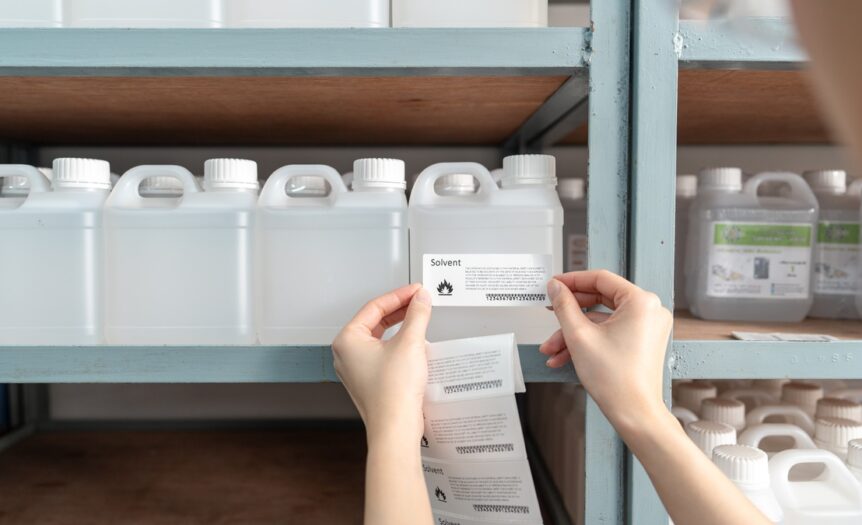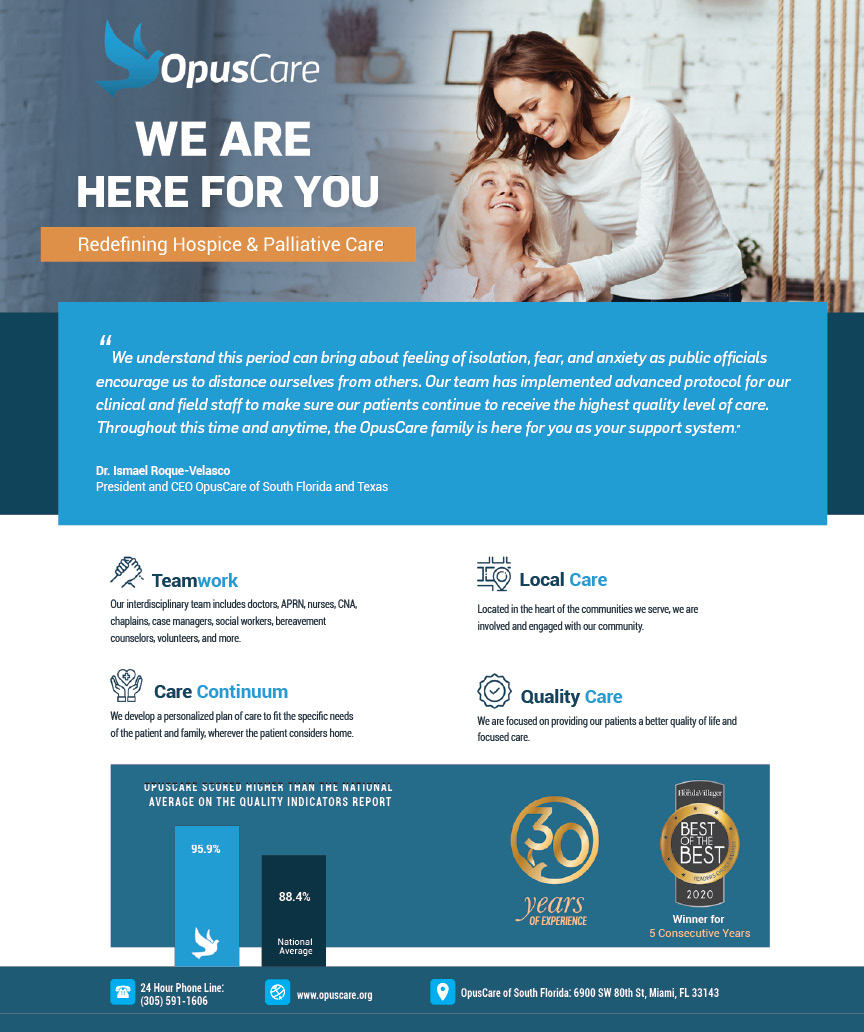Industrial solvents serve vital roles in cleaning, degreasing, and chemical processing, but they also introduce safety concerns. Every day, facility teams across manufacturing floors and chemical plants interact with flammable, toxic, or corrosive substances that demand strict oversight. Without safety protocols, a single overlooked detail in solvent handling can compromise worker health, damage property, or disrupt operations entirely.
Fire Hazards From Improper Solvent Storage
Flammable solvents ignite quickly when exposed to heat sources, static electricity, or open sparks. Improper storage near energized equipment or welding zones invites uncontrolled combustion in loading areas and storage rooms. Unsealed drums, corroded containers, and incompatible chemical pairings compound the danger in facilities without flammable storage cabinets.
Many operators underestimate how small vapor releases from routine solvent use create a dangerous atmosphere inside supply closets or service corridors. One common solvent risk in industrial facilities is when teams stack flammable chemicals without grounding, ventilation, or separation. Warehouses without bonding wires or compliant cabinets leave vapor clouds ready to ignite with a single spark.
Health Effects From Chronic Solvent Exposure
Solvent vapors and skin contact gradually break down the body’s defense systems, especially when protective equipment falls short. Workers may experience fatigue, nausea, confusion, or respiratory discomfort from prolonged inhalation near open solvent tanks or floor-level cleaning. Maintenance personnel handling degreasers or lab teams preparing samples often exceed safe exposure limits without even noticing.
Facility Safety Compromised by Improper Disposal
Waste solvent disposal introduces serious risk when crews use general-purpose containers or dump incompatible liquids into shared drums. During drum swaps or washout processes, splash back, vapor emission, and reactive mixing turn disposal into a high-risk procedure. Workers must identify each container’s contents and characteristics before consolidating waste streams.
Solvent recycling in manufacturing improves solvent safety and facility-wide risk reduction. Recycling reduces on-site chemical volume, minimizes vapor release, and streamlines disposal costs for large operations. By adopting solvent recovery systems, facility managers improve operational safety while decreasing hazardous waste loads and fire potential.
Structural Damage From Long-Term Solvent Leaks
Solvent leaks from transfer pumps, aging valves, or cracked drums quietly degrade the foundation of production spaces. Chlorinated solvents dissolve sealants, concrete surfaces, and epoxy coatings on flooring and in containment areas. Without scheduled inspections, long-term leaks corrode infrastructure and create hidden liabilities.
One common solvent risk in industrial facilities emerges when tank rooms absorb solvent runoff that seeps through seams and flooring joints. The damage spreads underneath slab layers and rusts rebar or conduit housings that anchor equipment. Facility managers must track solvent compatibility against all containment materials and schedule regular structural assessments.
Air Quality Degradation From Vapor Accumulation
Solvent vapors displace oxygen in tight or elevated spaces, triggering unsafe exposure in areas without circulation. Paint lines, mixing booths, and pump stations suffer most during summer months or overnight shifts with limited airflow. When HVAC dampers fail or exhaust fans clog, vapor buildup places technicians in harm’s way.
Solvents demand constant attention in industrial facilities where health, fire prevention, and infrastructure integrity hang in the balance. You can improve plant safety by addressing solvent risks at every stage—from purchase to disposal—without relying solely on reactive measures. Invest in reliable safety systems, training updates, and recovery programs to stay ahead of potential solvent hazards.










 Deering Estate
Deering Estate
 Massage Envy South Miami
Massage Envy South Miami
 Calla Blow Dry
Calla Blow Dry
 My Derma Clinic
My Derma Clinic
 Sushi Maki
Sushi Maki
 Sports Grill
Sports Grill
 The Healthy Kitchen
The Healthy Kitchen
 Golden Rule Seafood
Golden Rule Seafood
 Malanga Cuban Café
Malanga Cuban Café

 Kathleen Ballard
Kathleen Ballard
 Panter, Panter & Sampedro
Panter, Panter & Sampedro
 Vintage Liquors
Vintage Liquors
 The Dog from Ipanema
The Dog from Ipanema
 Rubinstein Family Chiropractic
Rubinstein Family Chiropractic
 Your Pet’s Best
Your Pet’s Best
 Indigo Republic
Indigo Republic




 ATR Luxury Homes
ATR Luxury Homes


 2112 Design Studio
2112 Design Studio
 Hamilton Fox & Company
Hamilton Fox & Company
 Creative Design Services
Creative Design Services
 Best Pest Professionals
Best Pest Professionals
 HD Tree Services
HD Tree Services
 Trinity Air Conditioning Company
Trinity Air Conditioning Company
 Cisca Construction & Development
Cisca Construction & Development
 Mosquito Joe
Mosquito Joe
 Cutler Bay Solar Solutions
Cutler Bay Solar Solutions


 Miami Royal Ballet & Dance
Miami Royal Ballet & Dance
 Christopher Columbus
Christopher Columbus
 Pineview Preschools
Pineview Preschools
 Westminster
Westminster
 Carrollton
Carrollton
 Lil’ Jungle
Lil’ Jungle
 Frost Science Museum
Frost Science Museum
 Palmer Trinity School
Palmer Trinity School
 South Florida Music
South Florida Music
 Pinecrest Orthodontics
Pinecrest Orthodontics
 Dr. Bob Pediatric Dentist
Dr. Bob Pediatric Dentist
 d.pediatrics
d.pediatrics
 South Miami Women’s Health
South Miami Women’s Health

 The Spot Barbershop
The Spot Barbershop
 My Derma Clinic
My Derma Clinic




 Miami Dance Project
Miami Dance Project

 Rubinstein Family Chiropractic
Rubinstein Family Chiropractic
 Indigo Republic
Indigo Republic

 Safes Universe
Safes Universe
 Vintage Liquors
Vintage Liquors
 Evenings Delight
Evenings Delight





 Atchana’s Homegrown Thai
Atchana’s Homegrown Thai
 Baptist Health South Florida
Baptist Health South Florida

 Laser Eye Center of Miami
Laser Eye Center of Miami
 Visiting Angels
Visiting Angels
 OpusCare of South Florida
OpusCare of South Florida

 Your Pet’s Best
Your Pet’s Best





 HD Tree Services
HD Tree Services
 Hamilton Fox & Company
Hamilton Fox & Company


 Creative Design Services
Creative Design Services